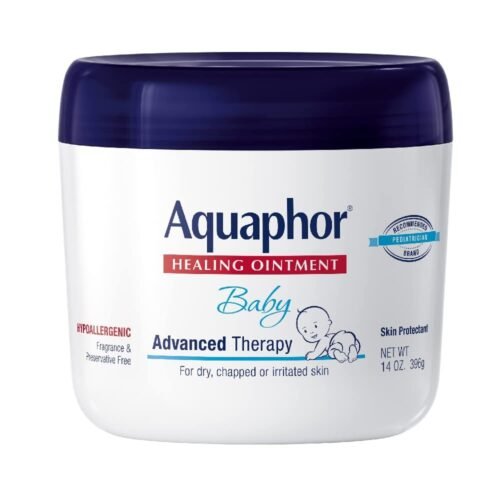
When navigating the world of bottle-feeding for your little one, simplicity is key. From choosing the right bottle to understanding formula options and establishing a feeding routine, there’s a lot to consider. But fear not, as with a few essential tips and tricks, you can streamline the process and ensure a smooth feeding experience for both you and your baby. Stay tuned to uncover the secrets to mastering bottle-feeding with ease and confidence.
Selecting the Right Bottle
When choosing a bottle for bottle-feeding, consider the size and shape that best suits your baby’s needs. Babies have different preferences, so it may take some trial and error to find the perfect fit. Opt for a bottle with a shape that’s easy for your baby to hold onto, especially as they start learning to feed themselves. Look for bottles with a variety of nipple sizes to ensure a proper flow rate for your little one. It’s essential to choose a bottle that’s easy to clean, as hygiene is crucial when it comes to feeding your baby.
When selecting a bottle, keep in mind your baby’s age and feeding habits. Younger babies may prefer bottles with a slower flow to prevent choking, while older babies might need a faster flow for efficient feeding. Pay attention to any signs of discomfort or gas in your baby, as this could indicate that the bottle you’ve chosen isn’t the right fit. Ultimately, trust your instincts and observe how your baby responds to different bottle options to find the one that works best for them.
Understanding Formula Options
To navigate through the array of formula options available, consider your baby’s specific dietary needs and any potential allergies they may have. There are several types of formula to choose from, including cow’s milk-based, soy-based, hydrolyzed, and specialized formulas for specific health conditions.
Cow’s milk-based formulas are the most common and often suitable for healthy, full-term babies. If your baby is lactose intolerant or allergic to cow’s milk protein, a soy-based formula may be an alternative. Hydrolyzed formulas are broken down proteins, making them easier to digest and suitable for babies with certain allergies or sensitivities. Specialized formulas exist for premature babies, infants with acid reflux, or those with metabolic disorders.
When selecting a formula, carefully read the labels to ensure they meet your baby’s nutritional needs. It’s advisable to consult with your pediatrician before making any changes to your baby’s feeding routine, especially if your baby has specific dietary requirements or health concerns. Remember, each baby is unique, so finding the right formula may require some trial and error.
Establishing a Feeding Routine
Consider incorporating a feeding schedule that aligns with your baby’s natural hunger cues to establish a feeding routine that works best for both of you. Pay attention to your baby’s signals, such as rooting, sucking on hands, or making feeding noises, to determine when they’re hungry. By responding promptly to these cues, you can prevent your baby from becoming overly fussy or agitated due to hunger.
Try to feed your baby every 2-3 hours or whenever they show signs of hunger, especially in the first few weeks when they need frequent feedings to support their growth and development. Creating a predictable feeding routine can help your baby feel secure and satisfied, leading to a more content and well-rested baby.
Additionally, ensure that you hold your baby comfortably during feedings, offering gentle burping breaks to prevent discomfort from gas buildup. Establishing a nurturing and consistent feeding routine can strengthen the bond between you and your baby while promoting healthy feeding habits.
Tips for Feeding Success
For successful feeding, focus on maintaining a calm and soothing environment during feeding times. Find a quiet space free from distractions to help your baby stay focused on feeding. Position your baby in a comfortable, semi-upright position to reduce the risk of choking and aid digestion.
Ensure the bottle nipple is filled with milk to prevent your baby from swallowing excess air, which can lead to discomfort. Hold the bottle at a slight angle to prevent air bubbles from entering the nipple and causing gas. Make eye contact with your baby and talk to them in a gentle, reassuring tone to create a positive feeding experience.
Allow your baby to feed at their own pace, pausing to burp them periodically to release any trapped air. Lastly, use feeding time as an opportunity to bond with your baby by cuddling and snuggling them during and after the feeding session.
Troubleshooting Common Issues
If your baby seems fussy or unwilling to feed, there may be common issues that could be causing the difficulties. One common problem is nipple confusion, where switching between breast and bottle nipples can be confusing for your baby. To address this, try sticking to one type of nipple to establish a consistent feeding routine.
Another issue could be the temperature of the milk – ensure it’s not too hot or too cold to avoid discomfort for your little one. Check the flow of the nipple as well; if it’s too slow or too fast, it might lead to frustration during feeding.
Sometimes, babies can be sensitive to certain formulas, so if you notice signs of discomfort after feeding, consult your pediatrician to explore other options. Additionally, make sure the bottle’s nipple is the right size for your baby’s age to prevent feeding problems.
Lastly, create a calm and peaceful environment for feeding to minimize distractions that could be causing feeding difficulties. By addressing these common issues, you can make bottle-feeding a smoother and more enjoyable experience for both you and your baby.
Trending Products














